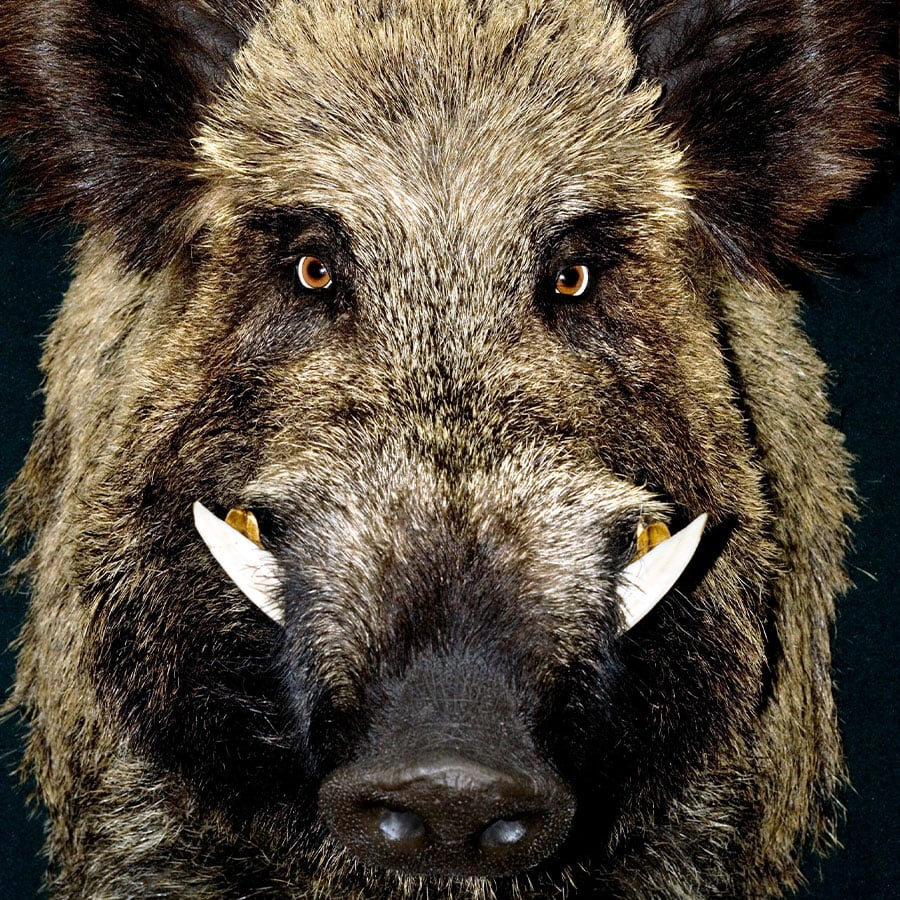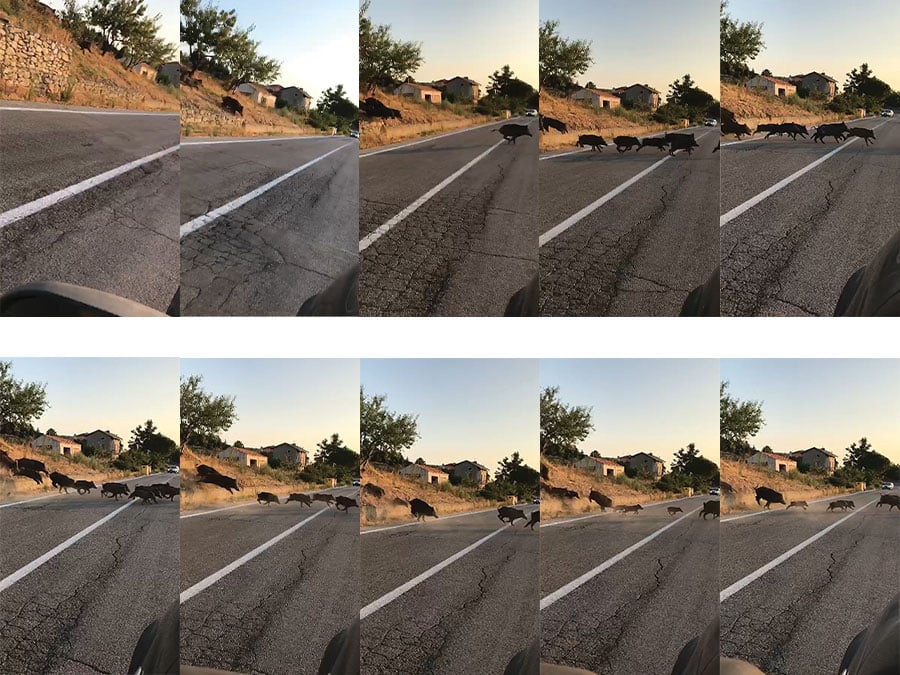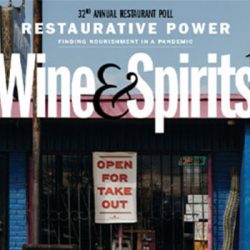Sprawling between the cities of Florence and Siena, Chianti Classico is a wild and rugged place, some two-thirds of its hilly terrain covered by forests. Winegrowers often point to this as a positive indication of the region’s biodiversity, but the forests are also harboring a danger to the vineyards—wild boars, or cinghiali.


“At nighttime, they come out of the woods like an invasion,” says Francesco Ricasoli, proprietor of the Barone Ricasoli estate with its historic Brolio Castle and nearly 600 vineyard acres. In September, when the grape clusters are approaching maturity, the boars’ other food sources start to run low, and they turn to the vineyards for sustenance. Ricasoli estimates that he loses thousands of kilos of grapes in direct damage each year.
During a visit to Chianti Classico in December, boars were on the mind of almost every producer I met. Tuscany has a higher density of boars than other Italian regions, and a few years ago the government undertook a program to cull that population from about 400,000 to 150,000 by extending the hunting season. But producers say this has backfired.
“I was born here, and I never saw a cinghiale when I was growing up,” recalls Ricasoli. “Boars are more plentiful now because it’s a business.” Hunting clubs have a long tradition in Tuscany, but producers say that the exploding boar population has attracted outside interests that promise “safari experiences” to hunters from outside of Tuscany. This has led to a culture clash between wine producers and hunters, with the vintners accusing hunting interests of surreptitiously feeding the animals in the off-season to ensure abundant kills for their clients.
“We have to fight against the hunters, who frequently damage or vandalize our fences, as in their view they represent an obstacle to their hobby,” says Marco Ricasoli Firidolfi, a cousin of Francesco and owner of Rocca di Montegrossi in Gaiole.
“If I left the vineyards without checking for a few days, I would have no grapes left.”
Diego Finocchi
“The absence of natural enemies such as wolves, together with an irresponsible, corrupt local and national political management of hunting and wildlife, have produced an alarming imbalance in the Chianti Classico ecosystem,” says Roberto Bianchi, owner of Val delle Corti in Radda.
It’s not just the boar population that’s grown; the boars themselves are larger today, thanks to interbreeding with the burlier eastern European Sus scrofa species. A full-grown male boar can weigh up to 380 pounds and run 25 miles per hour. Diego Finocchi has installed fences around some of his 13 acres of vines at L’Erta di Radda, but he says the boars have become so big, strong and plentiful that they just push through them. “I walk around the fences every morning and night to check,” he says. “If I left the vineyards without checking for a few days, I would have no grapes left.”


Climate change may also be stoking the problem, according to Silvia Fiorentini, marketing communications director at the Consorzio Vino Chianti Classico. “Wildlife has always been a part of the ecosystem here, but we all witnessed a shift due to the climate change. That plays a key role in this: drier and hotter summers push wild animals out of their natural habitat, the woods, in search for food and water, and turn them to eat crops.” Roberto Stucchi Prinetti of Badia a Coltibuono agrees: “In warm and dry vintages like 2017 and 2021, we lose a lot of grapes to animals because their other food sources have failed.” Badia a Coltibuono suffered significant losses from early frosts and hail during the 2021 growing season, but Stucchi Prinetti estimates that up to 30 percent of his remaining crop was consumed by deer and especially by wild boars. He now plans to fence in most of his 148 acres of vineyards.
Chianti Classico is a region on the rise, and the quality of the wines has never been better, despite an increase in extreme weather events like severe spring frosts, violent hailstorms and prolonged droughts. Tuscany’s burgeoning boar population, whether due to climate change or political mismanagement, is yet another challenge Chianti Classico’s producers will have to overcome in order to maintain their momentum. “We have ways to cope with some of the climate change problems with precision agriculture,” says Francesco Ricasoli, “but the animals are a huge problem in the last ten years. I have spent hundreds of thousands of euros on fences, but we can’t fence in all of our vines.”
is the Italian wine editor at Wine & Spirits magazine.
This story appears in the print issue of Spring 2022.
Like what you read? Subscribe today.


















